Russell Maroon Shoatz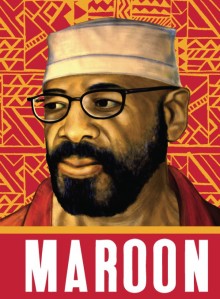
Russell Maroon Shoatz is a dedicated community activist, founding member of the Black Unity Council, former member of the Black Panther Party and soldier in the Black Liberation Army. He is serving multiple life sentences as a US-held political prisoner/prisoner of war.
P e r s o n a l B a c k g r o u n d
Russell was born in August, 1943, in Philadelphia. He was one of 12 children. At the age of 15 he became involved in a gang and was in and out of reform schools and youth institutions until the age of 18.
As a young man he married and became the father of seven children. In the mid 1960s, Russell became active in the New Afrikan liberation movement. He founded the Black Unity Council, which merged with the Philadelphia chapter of the Black Panther Party in 1969.
Tensions were high in Philadelphia in the summer of 1970, as Police Chief Frank Rizzo had ordered a crackdown on militant groups in the run-up to the national convention of the Black Panther Party, scheduled to be held in the city on September 5, 1970.
Tensions intensified when police killed an unarmed black youth. A retaliatory attack was carried out on a police station, killing officer Frank Von Coln and injuring one other.
The shooting of Von Coln prompted a 2 AM raid on the Black Panther headquarters in North Philadelphia. After the raid, police officials allowed news photographers to take humiliating photos of the Black Panthers being strip-searched on the street.
Russell and four others, who became known as the “Philly Five”, were immediately charged with the attack.
L e g a l C a s e
In January of 1972, Russell was captured. He was convicted of the attack on the police station and sentenced to life.
L i f e in P r i s o n
1977 Prison Escape
Russell escaped with three others from Huntingdon State Prison in 1977. Two were recaptured and the third was killed during the escape. Russell remained at large for 27 days, leading to a massive manhunt by local, state, and federal forces, as well as citizen recruits from nearby white, rural areas.
From his capture in 1977 until 1989, Russell was shipped from state, county, and federal prisons, kept in long-term solitary confinement the vast majority of that time, principally due to his work with the Pennsylvania Association of Lifers to abolish life-without-parole sentences. In 1979, he was forcibly transferred to the Fairview State Hospital for the Criminally Insane. While at Fairview he was forcibly drugged, which in one case lead to him being hospitalized when he was overdosed.
1980 Prison Escape
In March of 1980, Russell escaped prison with a fellow revolutionary after a New Afrikan activist smuggled a revolver and sub-machine gun into the institution. Three days later, all three were captured after a gun battle with local, state, and county police, and FBI agents.
Camp Hill Prison Riot
In 1989, Pennsylvania prison Camp Hill erupted in a riot because of overcrowding and inhumane conditions. Despite being held in a Dallas prison and having nothing to do with the incident, Russell was implicated in it, and as a result, was transferred to the notorious Marion Supermax prison over 1,000 miles from family and friends.
Supporters fought to have Russell removed from solitary confinement in Marion and released into general population. They were finally successful in December of 1989, when Maroon was released to the general prison population at the federal penitentiary in Leavenworth, Kansas.
Russell Returns to Solitary Confinement
Unfortunately, Russell was placed back into long-term solitary confinement in 1991, at SCI Greene in Waynesburg, Pennsylvania. He would remain in solitary confinement for over 22 years, where despite being held in 23 hours-a-day lockdown, his commitment to New Afrikan liberation never wavered.
Russell seeks relief from Administrative Custody
Dan Kovalik, human rights and union labor lawyer in Pittsburgh, filed for relief on May 23, 2000. The case Shoatz vs. Horne sought to relieve Russell from continued placement on AC status – administrative custody, a.k.a. solitary confinement. Unfortunately, Russell’s legal fight to relieve himself from confinement in administrative custody was unsuccessful. Read the full decision here.
Russell Returns to General Population
The struggle for Russell’s freedom was reignited in 2013 when his legal team brought suit on the grounds that he had been subjected to cruel and unusual punishment in violation of the Eighth Amendment to the U.S. Constitution, and that prison officials had deprived him of his procedural and substantive due process rights for keeping him in solitary confinement without meaningful review and on insufficient grounds.
The campaign to release Russell from solitary confinement also continued to gather international attention, including the support of five Nobel Peace Prize Laureates, Archbishop Desmond Tutu of South Africa among them. Several U.S. civil and human rights organizations endorsed his release from isolation, as well as growing number of clergy. In March of 2013, United Nations Special Rapporteur on Torture and Other Cruel, Inhuman, and Degrading Treatment and Punishment, Juan Mendez, called on the U.S. government “to cease the prolonged isolation of Mr. Shoatz.”
Finally, in February of 2014, Russell was released into the general prison population at SCI Graterford in Pennsylvania.
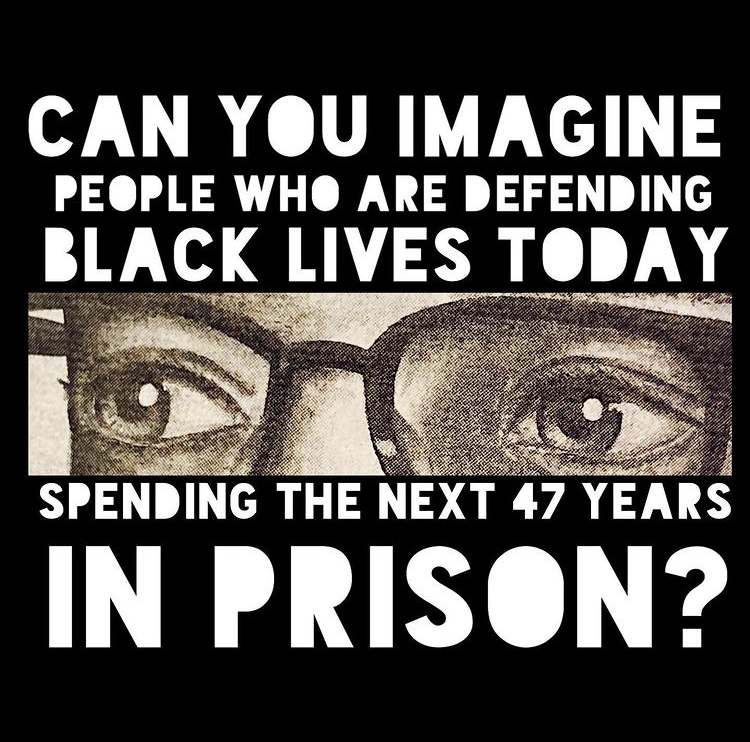
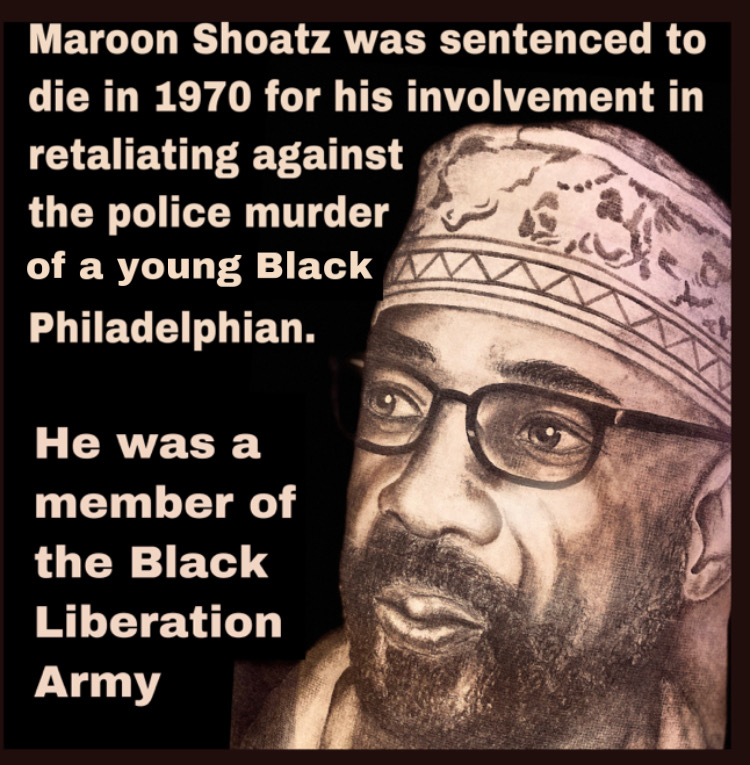
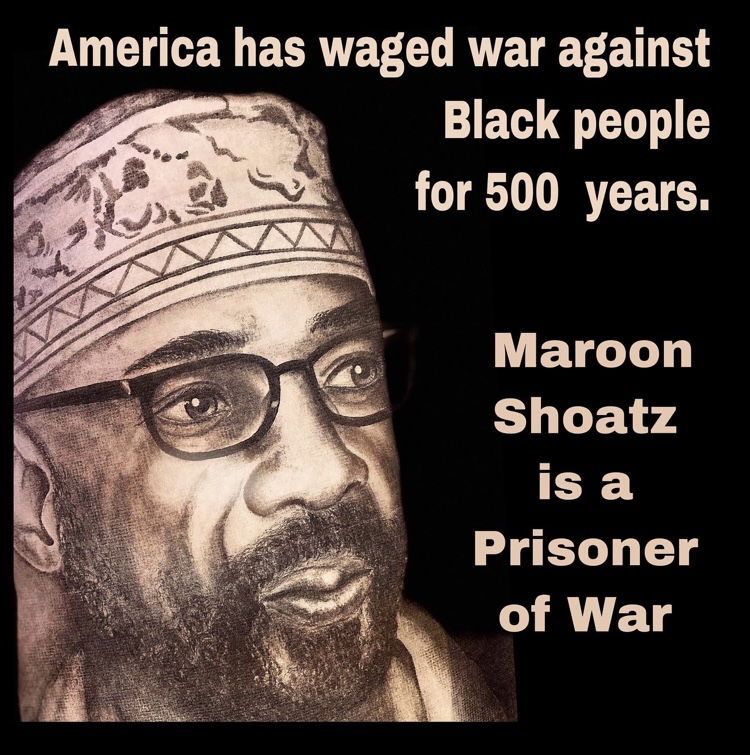
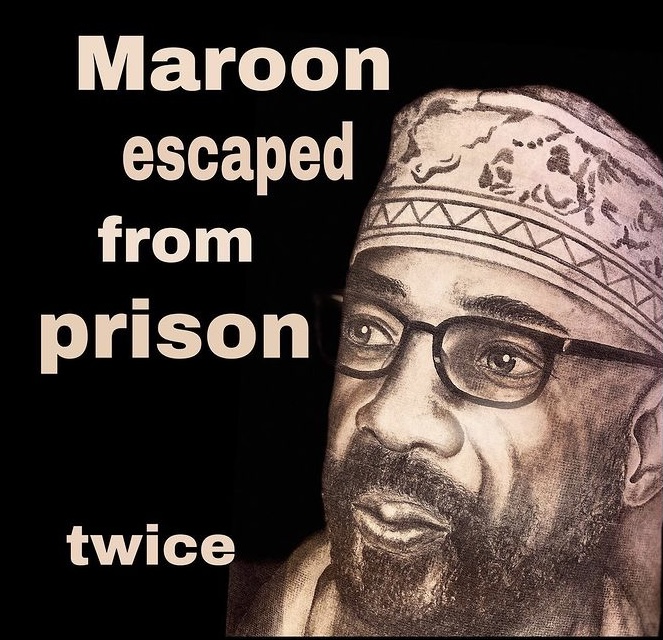
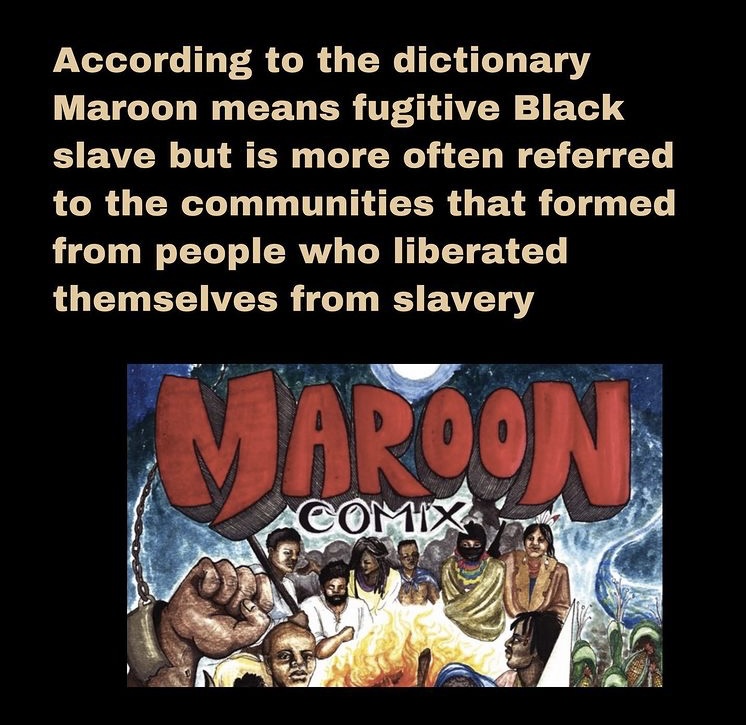
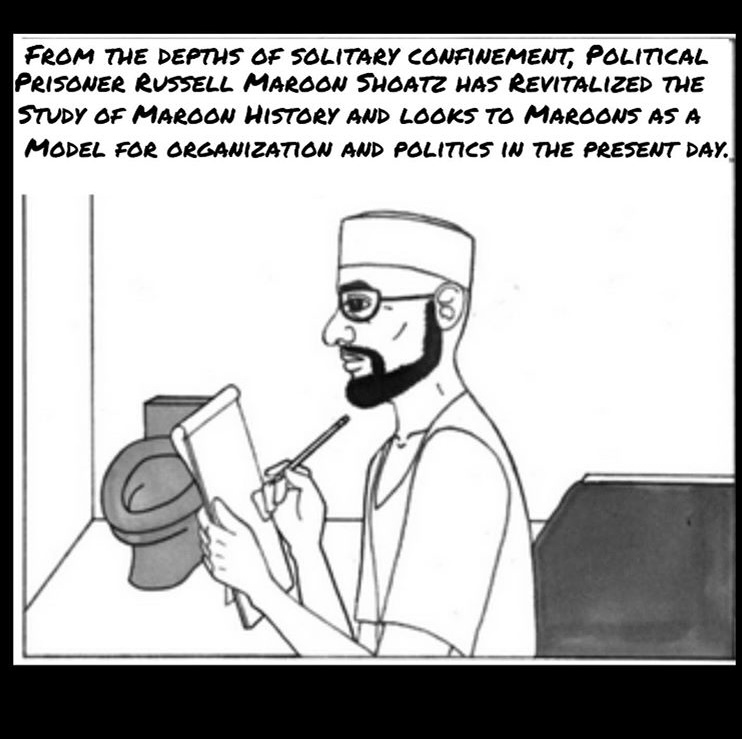
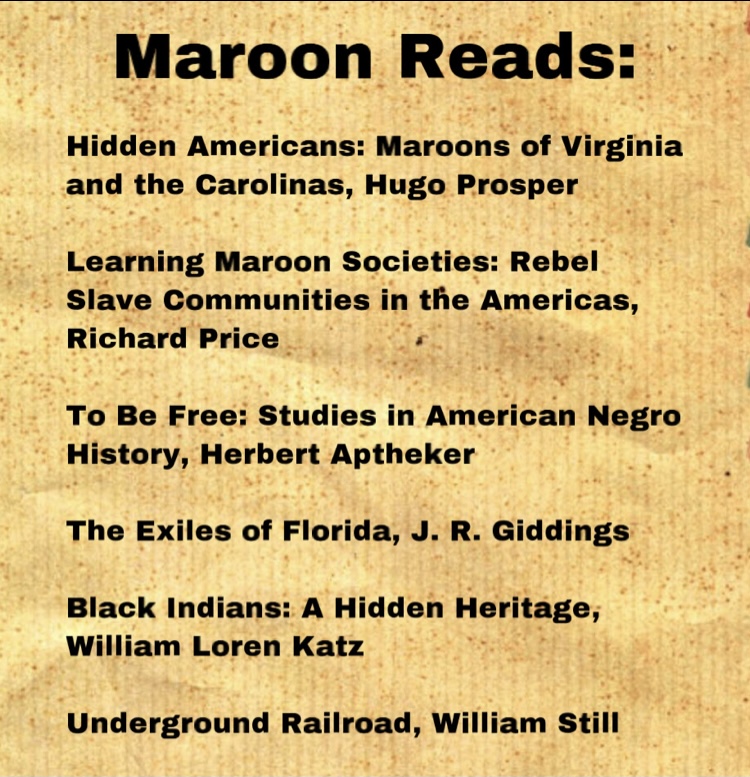
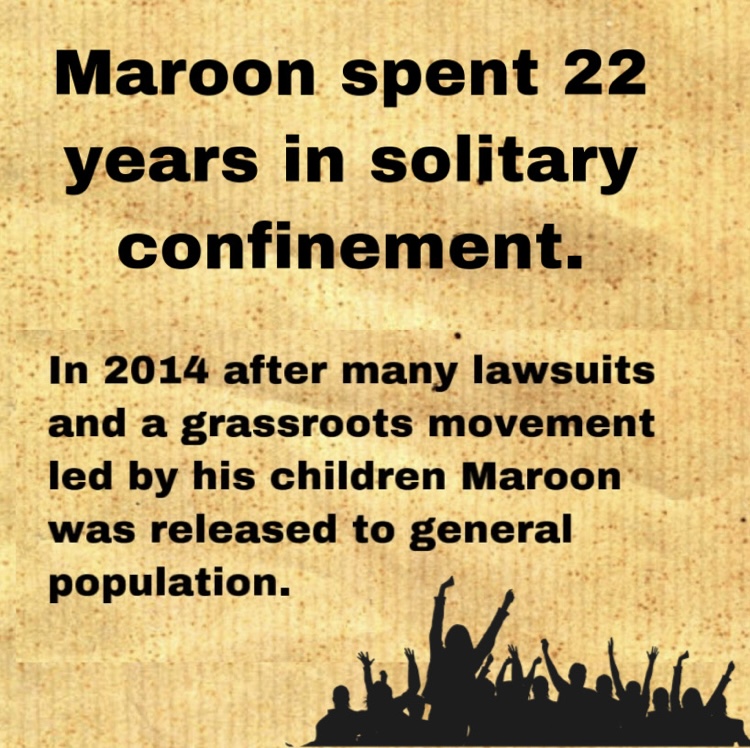
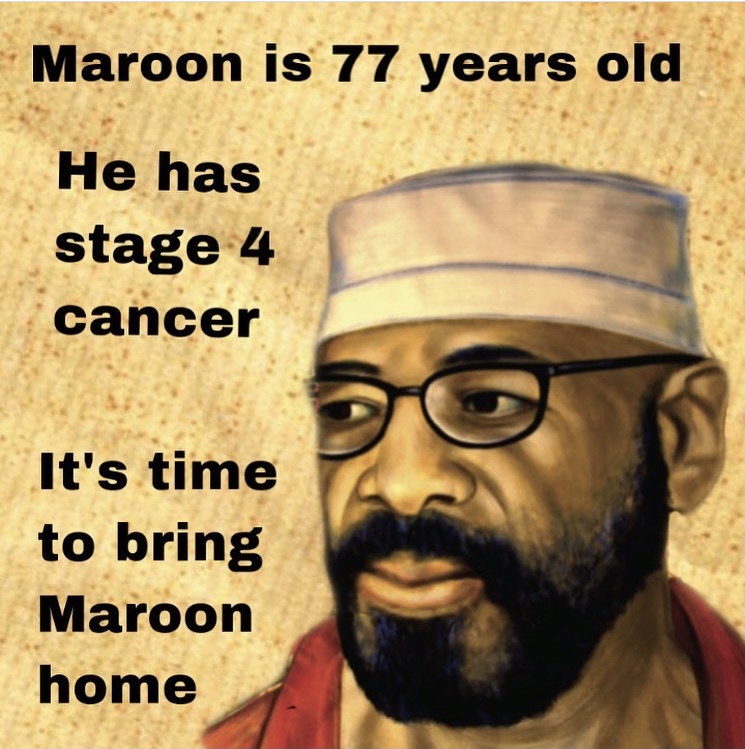
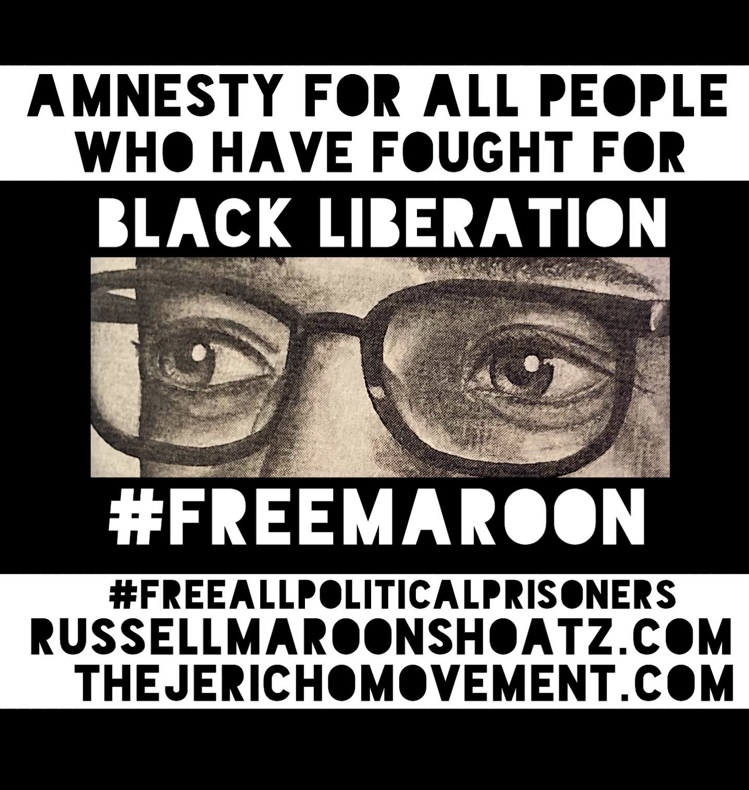
Your courage and grace under this racist oppression is awe-inspiring.
I was just on the Zoom and want to suggest a Zoom press conference with people like Rev. Barber, Colin Kapernick, Dan Kovalik, etc. around getting a compassionate release for Maroon and other prisoners.
Governor , please release Russell ; no one should have to die in prison.
The current caste system not only in the United States, but world wide. Free al political prisoners! Free all my sisters and brothers incarcerated for so long now, many of them for petty crimes while WallStreet ransacks our social security funds.
Compañero, Brother, Russel Maroon Shoatz, you are truly an inspiration to us all and gives us the strength to continue to struggle out here in the Belly of the Beast.